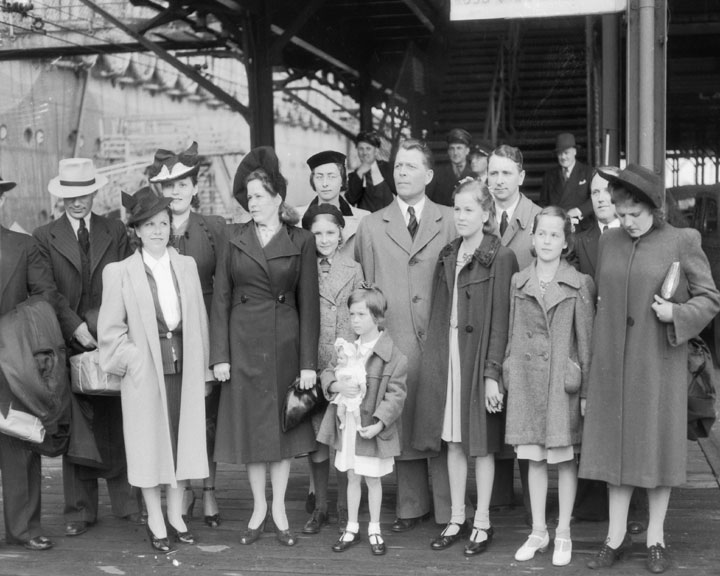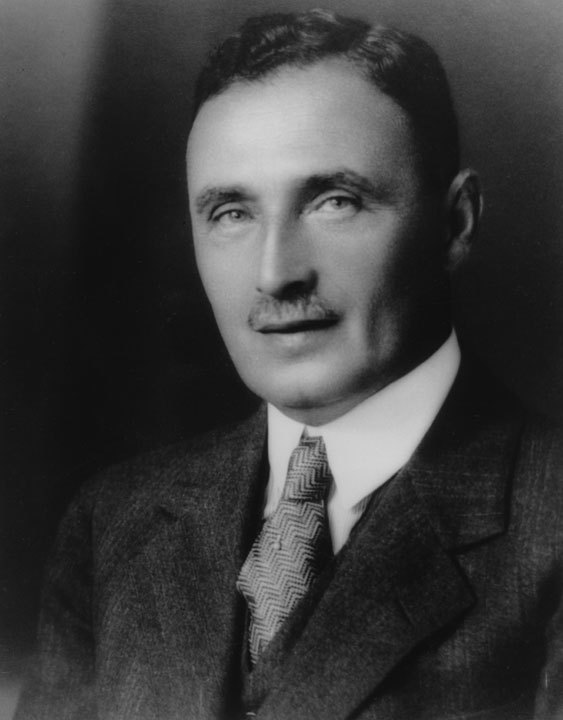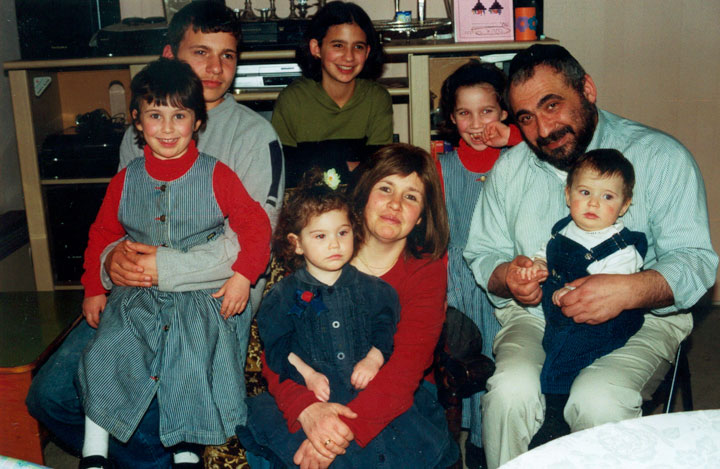Immigration History from Russian Federation (Russian) to Victoria
Pусские посещают Австралию с начала 19-ого века, когда жители колоний оказывали теплый прием кораблям путешественников. Несмотря на то, что во времена Крымской войны эту доброжелательность сменило недоверие, русские иммигранты начали обосновываться в Австралии. Многие из них были евреи и представители русской интеллигенции, бежавшие от трудных условий жизни, беспорядков и еврейских погромов. Они селились, в основном, в Мельбурне и Сиднее. Число родившихся в России жителей Мельбурна выросло в 1880х годах почти в четыре раза и к 1891г достигло 1172 человек.
В начале 20-го века поток русских иммигрантов значительно возрос. Первая русская революция 1905-го года побудила многих к поискам новой жизни в Австралии. В их числе были высокообразованные бывшие студенты, учителя и ученые. В годы, последовавшие после Октябрьской революции 1917-го года, в Австралию начали прибывать представители оппозиции новому режиму. После 1925г их иммиграция была резко сокращена, основанием чему послужило опасение появления в Австралии советских шпионов.
После Второй Мировой войны много русских прибыло в Австралию субсидированными рейсами в числе других иммигрантов из европейских лагерей для перемещенных лиц. В штате Виктория их число выросло с 1401 в 1947г до 13763 в 1954г. Следующая группа иммигрантов, бежавших в Китай после Революции, начала прибывать в 1950х годах. Дети этой группы иммигрантов, родившиеся в Китае, при переписи населения были записаны как китайцы.
В середине 1970х годов, при содействии еврейской общины Австралии, в страну прибыло значительное число русских евреев. Начиная с 1990х годов, после распада Советского Союза и образования Российской Федерации, количество русских иммигрантов стало расти вновь. Большинство этой группы иммигрантов составили высокообразованные специалисты с хорошим знанием английского языка.
По данным на 2011г, 6067 житель Виктории родился в Российской Федерации, большинство проживало в районах Caulfield и Carnegie. Из них 23% исповедовали иудаизм, 29% - православие. Сегодня большинство членов общины заняты квалифицированным профессиональным трудом, дома говорят по-русски. Русской общине оказывает поддержку ряд общественно-культурных организаций штата Виктория, в их числе Русское Этническое представительство штата Виктория в районах Fitzroy и Ormond.


